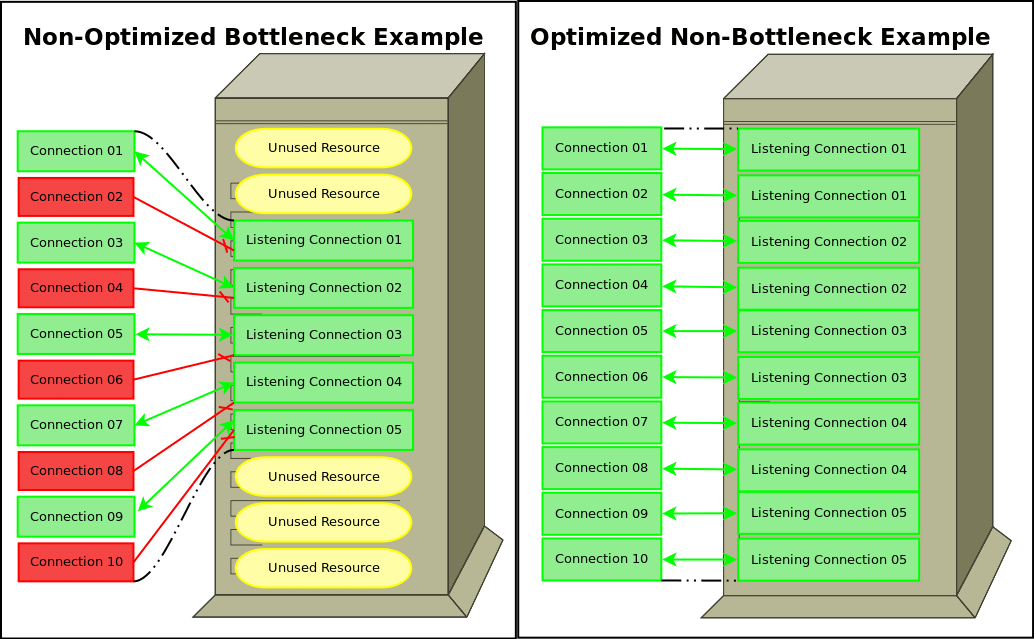Update Methods that Improve MySQL SQL Performance Tuning

Sometimes, database users have to add data to a table from other tables. There is more than one way to do this - and we will explore all of them in this blog. We will also look at how these affect performance during MySQL SQL performance tuning.
These methods are all carried out with the help of the ‘UPDATE from SELECT’ query structure. That’s because the purpose of an UPDATE statement is to make the specified changes to the data in one or more rows in a table.
This query is designed to modify all the rows but the user can place restrictions on an UPDATE query to control the number and type of rows it can affect. This is usually done with the help of the WHERE clause.
Oracle SQL Performance Tuning: Various Selective Update Methods
The complete query helps in affecting the entire table information with a single value mentioned in the query. Placing a condition in the update query results in data changes where the condition is met. This helps with Oracle SQL performance tuning as it reduces redundancy, preventing a dip in performance.
However, due to a vast range of scenarios, this type of use alone is insufficient. Oftentimes, the users require data from various tables to update the table in question. Such update queries can get complicated in comparison with the typical update queries but there are simpler methods which we will discuss below:

Using the Subquery Technique
A subquery refers to an inner statement with utility within the Data Manipulation Language commands i.e., select, insert, update, and delete queries. An important distinctive feature of subqueries is their limitation to only process with the external statement.
This method is one of the simplest ways to update information from that of another table. However, there’s one evident difference between this and the other techniques we will mention - the subquery method is an easy method to perform updates for smaller tables with fewer rows.
Updating Using Join Technique
This strategy involves the updating and joining of the table with the table whose data needs to be replicated in the target table. This way, the user will be able to reach the matched information of the table it is referenced from on the basis of the particular join kind. If used incorrectly, you may need MySQL SQL performance tuning to maintain normal database function.
The user can also easily match the columns that require data changing by referencing the corresponding columns and applying the update process through this method.
Using the MERGE query
This query finds its use in the manipulation of tables through source table referencing that indicates the matched and unmatched rows. It helps with the insert, update, and delete functions, and is quite handy when a user has to synchronize the table from the source table of their choice.

In Summary
This blog has briefly covered all the techniques in the UPDATE from SELECT query structure to updating the information in a table with data from another table. Without these methods, users may require Oracle SQL performance tuning for acceptable results.
We can not only use subqueries but also take advantage of alternative methods such as MERGE and JOIN. The use of these techniques depends on the type of data update scenario.